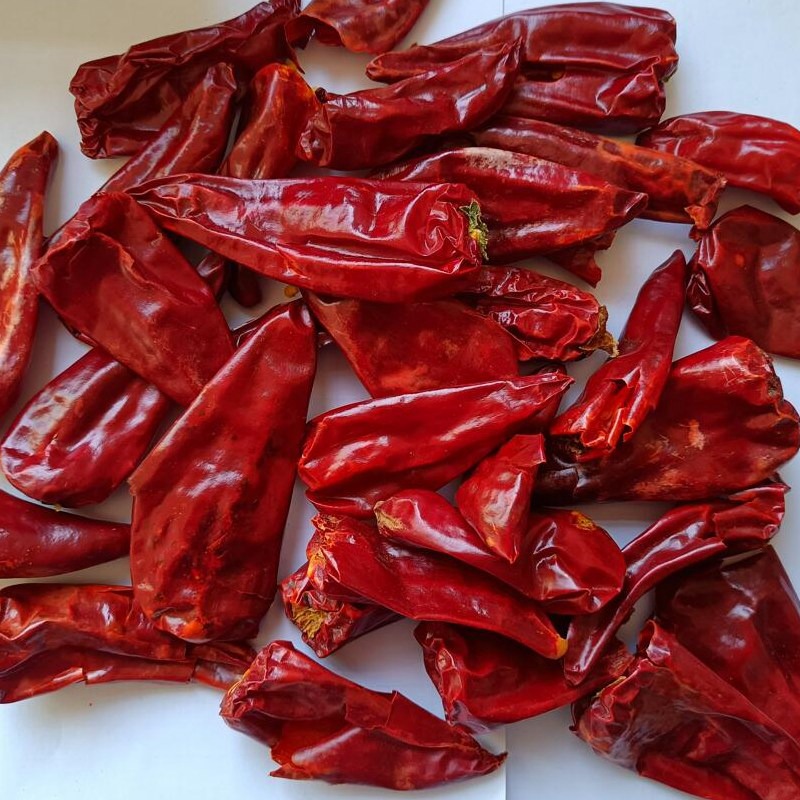Nov . 07, 2024 12:39 Back to list
Various Varieties of Dried Chiles for Exporting Around the World
Different Types of Dried Chiles and Their Export Potential
The global market for dried chiles is thriving, with an increasing demand for diverse varieties due to their unique flavors, culinary versatility, and potential health benefits. As an exporter in this vibrant sector, understanding the different types of dried chiles and their characteristics is crucial to capturing market opportunities and catering to diverse customer preferences.
Types of Dried Chiles
1. Ancho Chile Ancho chiles are dried Poblano peppers that originate from Mexico. They have a mild to medium heat level, typically ranging from 1,000 to 2,000 Scoville Heat Units (SHU). Anchos are noted for their rich flavors, which include notes of dried fruit, chocolate, and tobacco. They are commonly used in mole sauces, salsas, and various Mexican dishes. Exporters can market Ancho chiles to culinary professionals seeking authentic Mexican flavor profiles.
2. Guajillo Chile Known for its tangy and berry-like flavor, Guajillo chiles feature a medium heat level (2,500 to 5,000 SHU). These chiles are often used in marinades, sauces, and soups. Their deep reddish-brown color and leathery skin make them visually appealing in various culinary applications. The export potential for Guajillo chiles is significant, especially in North American and European markets where fusion cuisine is gaining popularity.
3. Chipotle Chile Chipotle chiles are smoke-dried Jalapeño peppers, providing a distinct smoky flavor along with medium heat (2,500 to 8,000 SHU). They are widely used in BBQ sauces, marinades, and snacks, appealing to consumers looking for bold flavors. The popularity of Chipotle in fast-casual dining and among home cooks signifies a growing market opportunity for exporters.
4. Pasilla Chile The Pasilla chile comes from the dried form of the Chilaca pepper and has a rich, complex flavor, often described as earthy and berry-like. With a heat level of around 1,000 to 2,000 SHU, they are frequently used in traditional Mexican sauces and stews. Exporters can target organic and high-quality Pasilla chiles to health-conscious consumers and gourmet food markets.
5. Arbol Chile These small, thin-skinned chiles are very hot, typically ranging from 15,000 to 30,000 SHU. Their bright red color and intense heat make them a popular choice for adding spice to dishes, as well as for garnishing. Exporters focusing on more adventurous culinary markets can find a lucrative niche by offering Arbol chiles for spicy condiments or sauces.
6. Bahía Chile Originating from Brazil, Bahía chiles are moderately hot and have a unique fruity flavor. They are primarily used in traditional Brazilian cooking and offer a different profile for those looking to expand their culinary repertoire. Export opportunities exist for Bahía chiles in countries with increasing interest in Brazilian cuisine.
different types of dried chiles exporter

Market Considerations for Exporters
To effectively export dried chiles, exporters must consider several key factors
- Quality Control Ensure high-quality products that meet international standards. This involves careful selection, drying methods, and packaging that preserves flavor and freshness.
- Regulatory Compliance Adhere to import regulations and quality standards in the target markets, including phytosanitary requirements and labeling guidelines.
- Market Research Conduct thorough research on market trends, consumer preferences, and potential competition in target countries. This information is essential for developing effective marketing strategies and identifying niche markets.
- Branding and Packaging Create an appealing brand that highlights the unique qualities of the chiles. Sustainable and attractive packaging can enhance market appeal and attract environmentally conscious consumers.
Conclusion
The dried chile export market is rich with opportunities for those willing to invest in quality and market understanding. By focusing on the diverse types of dried chiles and their culinary uses, exporters can tap into a growing global demand for flavors that enhance cooking experiences. With the right strategies, they can successfully navigate the complexities of international trade and establish a strong presence in the global market.
-
Premium Ghost Chili Pods – Extreme Heat for Spicy Dishes
NewsAug.21,2025
-
Sweet Paprika Pimenton: Authentic Flavor & Vibrant Color
NewsAug.19,2025
-
Spicy Red Pepper Flakes - Premium Chili Flakes
NewsAug.18,2025
-
Premium Dried Ghost Chili Pods | Extreme Heat & Flavor
NewsAug.17,2025
-
Premium Shishito Paprika Powder: Mild, Aromatic Spice
NewsAug.16,2025
-
Premium Chili Powder-70: 0-80,000 SHU Spice for Every Dish
NewsAug.15,2025

